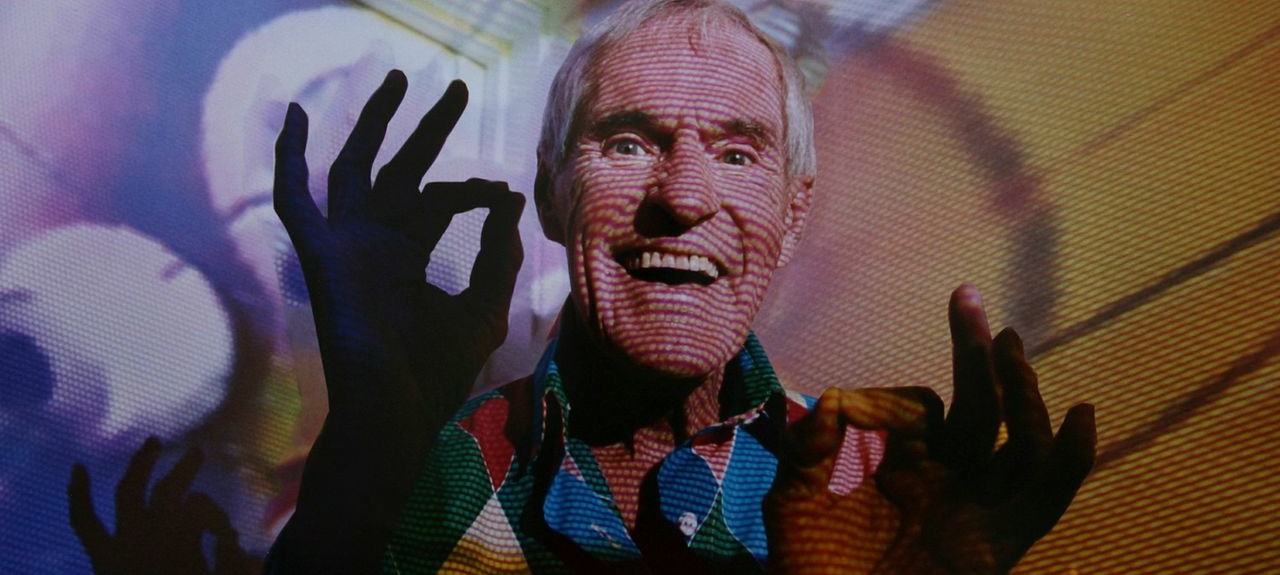The United States Military Academy in West Point, New York has been producing some of the finest military minds the world has ever seen since Thomas Jefferson decreed its inception back in 1801. Ulysses Grant, Ike Eisenhower, Norman Schwarzkopf, Patton, Douglas MacArthur, William Tecumseh Sherman, Stonewall Jackson, Robert E. Lee — they all cut their teeth at the Orange County institution, and that’s just to name a few (albeit a star-studded few).
In fact, 76 graduates of the academy have been awarded the Medal of Honor. Out of 3,469 that have ever been awarded … ever. Astounding.
But not everybody who signed up stuck it out and remained a cadet. Some, like the following individuals, ditched the USMA and went on to big things. In some cases, recreational drugs were involved.
Timothy Leary
The man who made defying authority a cottage industry in the 1960s and 1970s and who Richard Nixon once called “the most dangerous man in America” was once a “plebe” in the academy, years before he made a name for himself as a tarnished Harvard professor who got fired for doing too much LSD (he likened the psychedelic drug to medicine and even tried to legalize it, and others) his famous mantra “turn on, tune in, drop out”.
After a couple of years at West Point and multiple demerits, infractions and spats, he resigned and was honorably discharged after a court-martial acquittal.
Edgar Allan Poe
Before he wrote his masterpieces, the likes of which qualify him as one of the greatest literary figures in American history, Poe went to West Point. Even before that, however, he enlisted, and after two years earned the highest rank a noncommissioned officer could achieve at the time. He didn’t care much for it, however, and attempted to have his five-year commitment abruptly shortened. He was denied at first, but then offered a compromise: accept an appointment for the USMA.
After less than a year in upstate New York, he purposefully got court-martialed, and pled not guilty to “gross neglect of duty and disobedience of orders for refusing to attend formations, classes, or church”. His plea was a tactic, knowing that doing so would ultimately find him guilty, which he was in February of 1831. Soon after, he left for New York City, and published a book of poems that was financed — get this! — by his fellow cadets.
It included a page that read “To the U.S. Corps of Cadets this volume is respectfully dedicated”.
Maynard James Keenan
In 1981, the eventual musical frontman for Tool and A Perfect Circle saw the Bill Murray and Harold Ramis comedy Stripes, which lampooned the American military. He enjoyed it so much that it inspired him to join the United States Army, with the promise of the G.I. Bill also playing a key factor (he aspired to attend art school). He served initially as a forward observer, before earning the privilege to study at the United States Military Academy Preparatory School (otherwise known as West Point Prep). While he never spent a day as an official cadet, he was offered an appointment, which he declined.
Instead, he pursued his music career — upon completing his term of enlistment in 1988. Although it wasn’t until 1990 that Tool was formed, after spending a couple of years of playing in other bands and doing odd jobs, which included being a pet store interior designer and constructing theatre sets.
Adam Vinatieri
Born and raised in Yankton, South Dakota, the future Hall of Fame placekicker, aka “Automatic Adam”, was recruited by the U.S. Army’s prestigious academy to boot field goals for their Black Knight squad in 1991. After only two weeks at West Point though, he got homesick and returned to South Dakota, where he eventually set records for South Dakota State University’s team.
Relatively unknown in the eyes of the National Football League upon graduating, however, he played a year in the World League of American Football (which eventually became NFL Europe) for the Amsterdam Admirals. A year later, he was signed as an undrafted free agent by the NFL’s New England Patriots, teamed with Tom Brady, nailed that impossible field goal in the snow-covered “Tuck Rule” game in the 2001 playoffs (clip below), and the rest is history.
James Abbott McNeill Whistler
Not much of a patriot, but one a hell of a painter, Whistler spent three years at West Point before being dismissed by Robert E. Lee himself, who was the head of the academy at the time (in 1854). Just a few years later, he left for Paris, and would never return again to the United States.
In 1871, in London, the former cadet painted Arrangement in Grey and Black No. 1, otherwise known as Whistler’s Mother (shown below). Today it’s one of the most famous paintings in the world, and has often been referred to as a “Victorian Mona Lisa“.





































